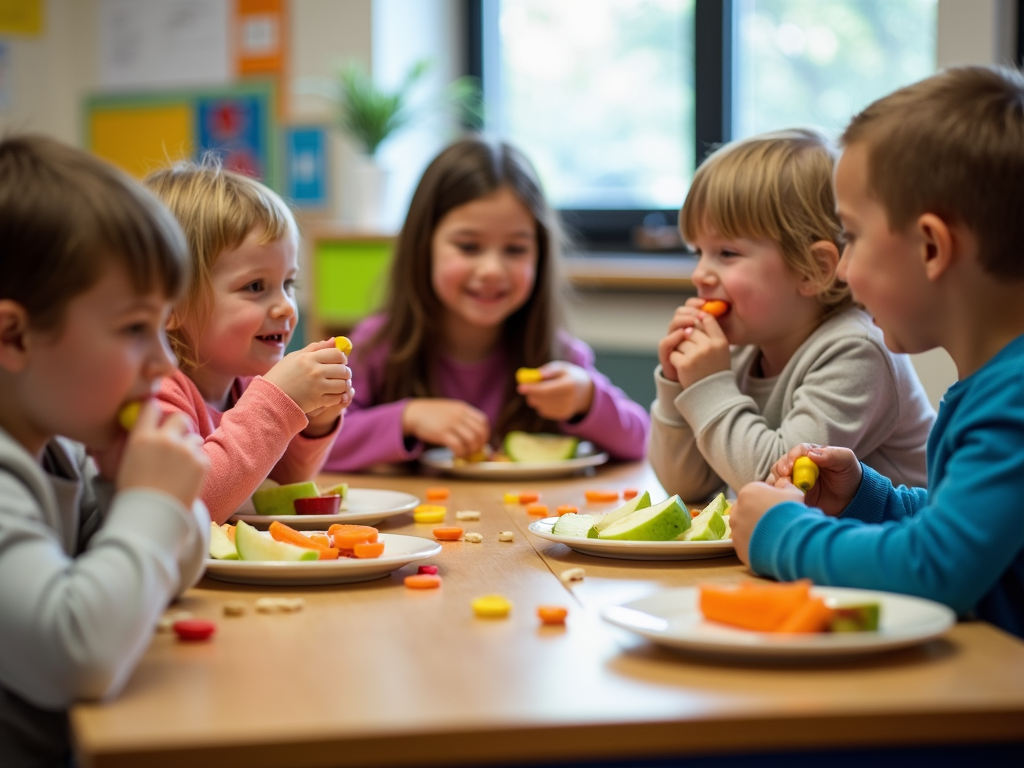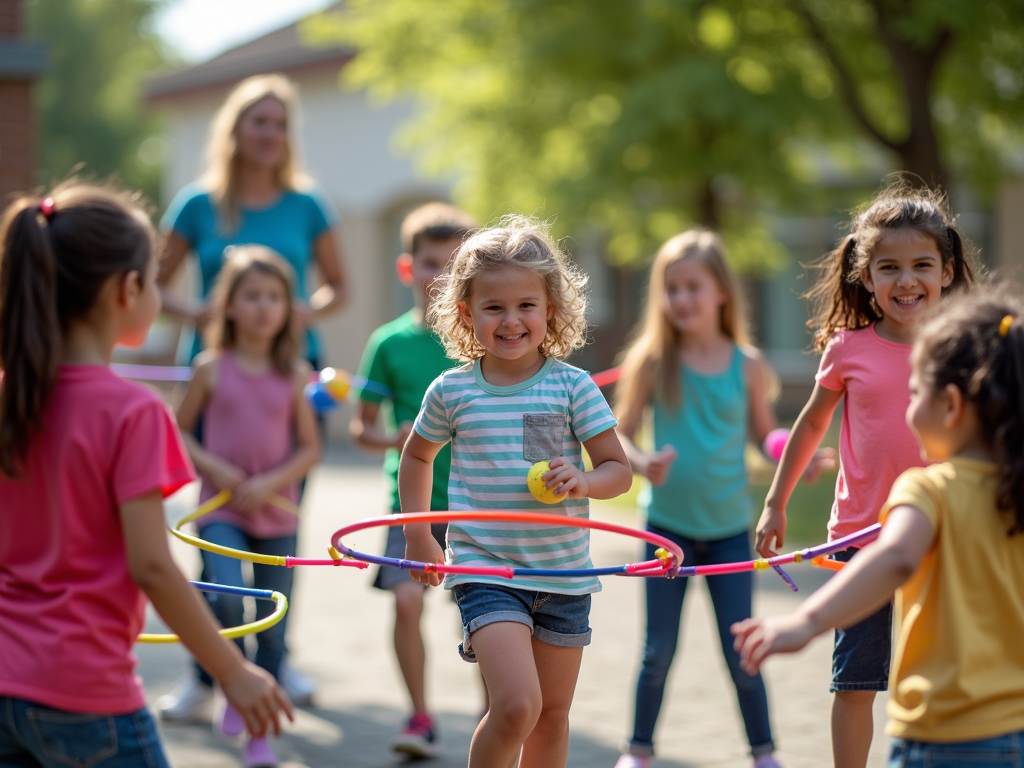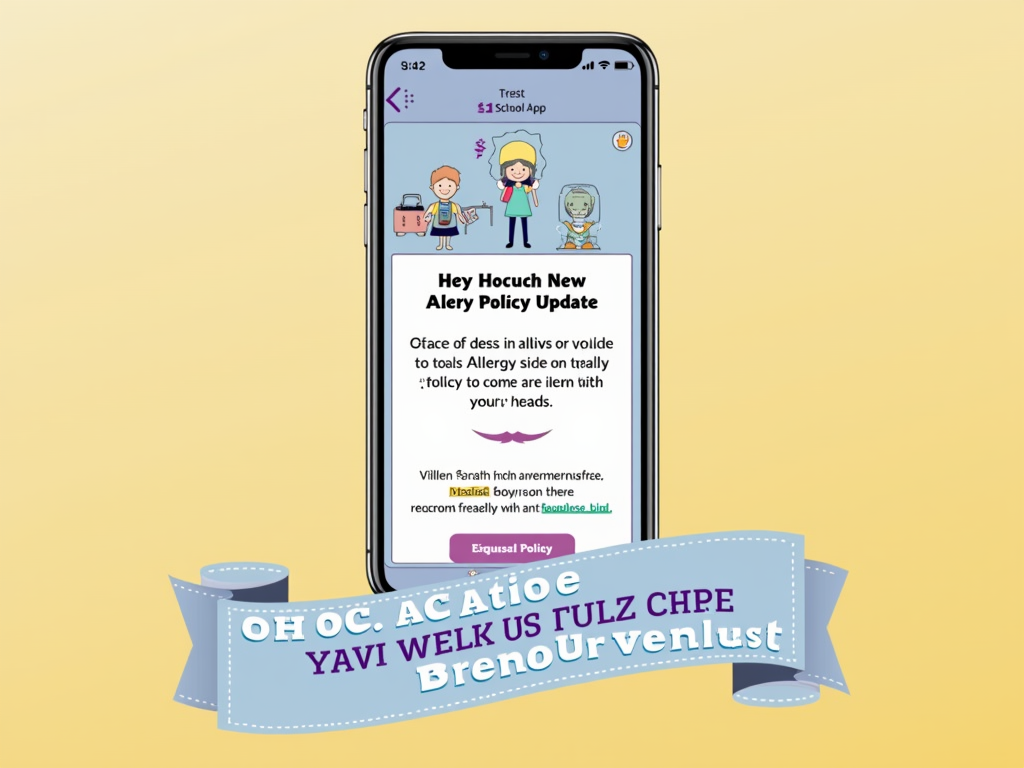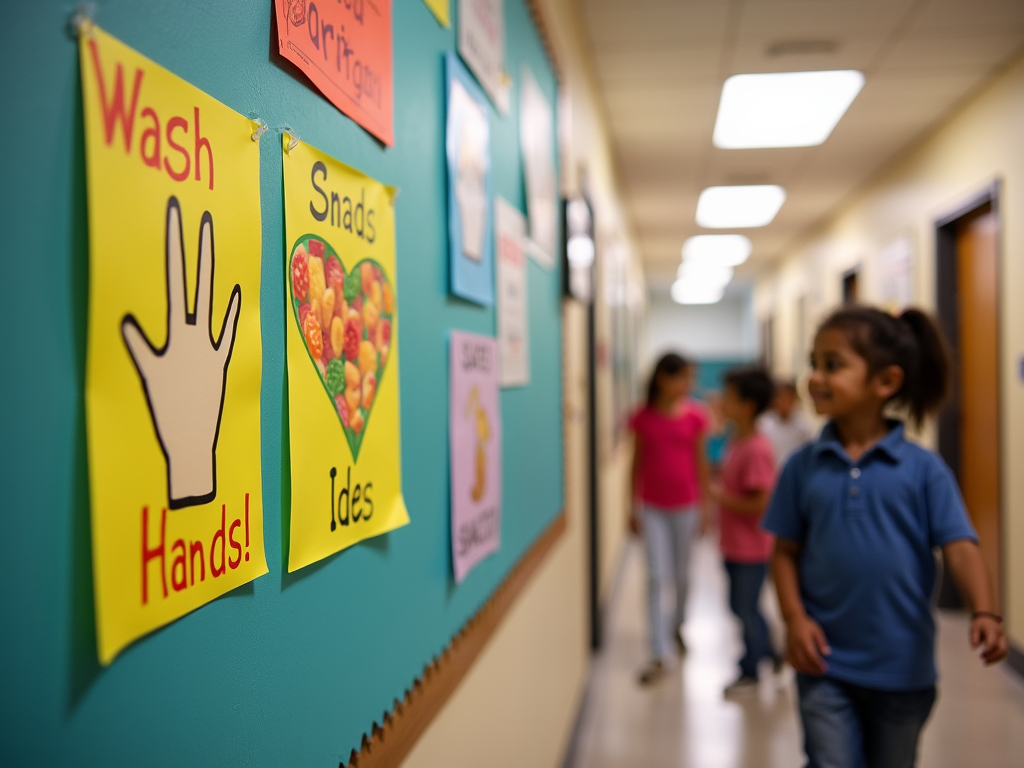Overview
Managing allergies in school settings is a big responsibility. Schools need to keep all students safe, especially those with conditions like FPIES. This article dives into Safe Snacks and Activities for Allergy-Friendly Schools, offering practical tips and insights to create welcoming, secure spaces for everyone.
Why Allergies Matter in Schools
Allergies affect many kids in schools every day. Some have common ones like peanut or milk allergies, while others deal with FPIES—Food Protein-Induced Enterocolitis Syndrome. This condition causes serious stomach issues when certain foods are eaten. Schools must understand these challenges to protect students.
The Real Challenges
Keeping allergies under control isn’t just about banning peanuts. It’s about planning ahead, teaching everyone involved, and staying ready for emergencies. Schools need to know each child’s needs, train staff to spot reactions like acute FPIES, and have clear steps to follow if something goes wrong.

Building Allergy-Friendly Schools
Making schools safe starts with education. Teachers, students, and parents should learn about allergies regularly. This helps everyone spot dangers—like understanding FPIES and allergen exposure—and act fast. Training can save lives, especially for severe reactions.
Safe Snacks for Allergy-Friendly Schools
Snacks are a big deal in schools. To keep them safe, schools can team up with parents and experts to pick options free of allergens. Think fresh fruits, veggies, or special products made for kids with allergies. It’s about inclusion—no one should feel left out.
Fun, Safe Activities
Activities matter just as much as snacks. Schools can plan events that don’t involve food, like outdoor games or science projects. For crafts, use materials that won’t trigger allergies. These ideas keep every student in on the fun.

A Parent’s View
I’ve got a kid with FPIES, and sending them to school was scary at first. We worked with teachers to list safe snacks and make a plan for emergencies. Seeing the school step up taught me how teamwork makes a huge difference.
Practical Tips for Schools
Here’s a simple Guide to Managing Allergies in School Settings:
- Make a Plan: List each kid’s allergies and what to do if a reaction happens.
- Talk Often: Check in with parents about their child’s needs.
- Label Clearly: Mark all snacks and supplies as safe or not.
- Teach Kids: Show students why allergies matter and how to help friends.
- Stay Fresh: Update plans as kids’ needs change.

Using Tech to Help
Technology can make things easier. Apps can track what’s safe to eat, and online tools can teach staff about allergies. Schools might even send text alerts if something risky pops up. It’s a smart way to stay on top of things.
More Tips to Try
- Get Kids Involved: Let students with allergies help plan events—they know what works.
- Post Reminders: Hang signs about washing hands or not sharing food.
- Switch Up Parties: Skip the cake and try a movie day instead.

My Experience Grew
At first, I worried my child would miss out. But the school didn’t just follow rules—they built a community. Kids learned to watch out for each other, and staff kept us posted. It’s not just safety; it’s belonging.
Tech Keeps Growing
Beyond apps, schools can use group chats to warn about risks fast. Virtual training sessions fit busy schedules, too. These tools keep everyone connected and ready.

Wrapping It Up
Allergies don’t have to hold kids back in school. With the right snacks, activities, and teamwork, every student can feel safe and included. It takes effort, but the payoff is a stronger, happier school.
Summary
This guide covered how schools can tackle allergies with safe snacks and fun activities. From understanding FPIES and allergen exposure to smart planning, it’s all about keeping kids safe and happy. Schools can do this—and do it well.
Discuss Here